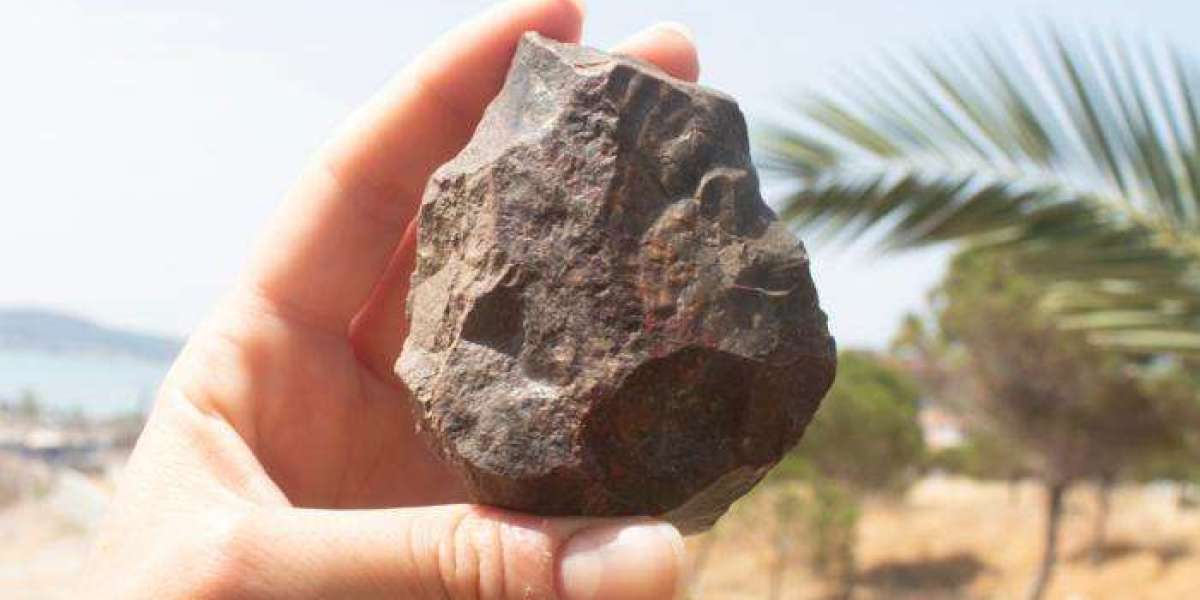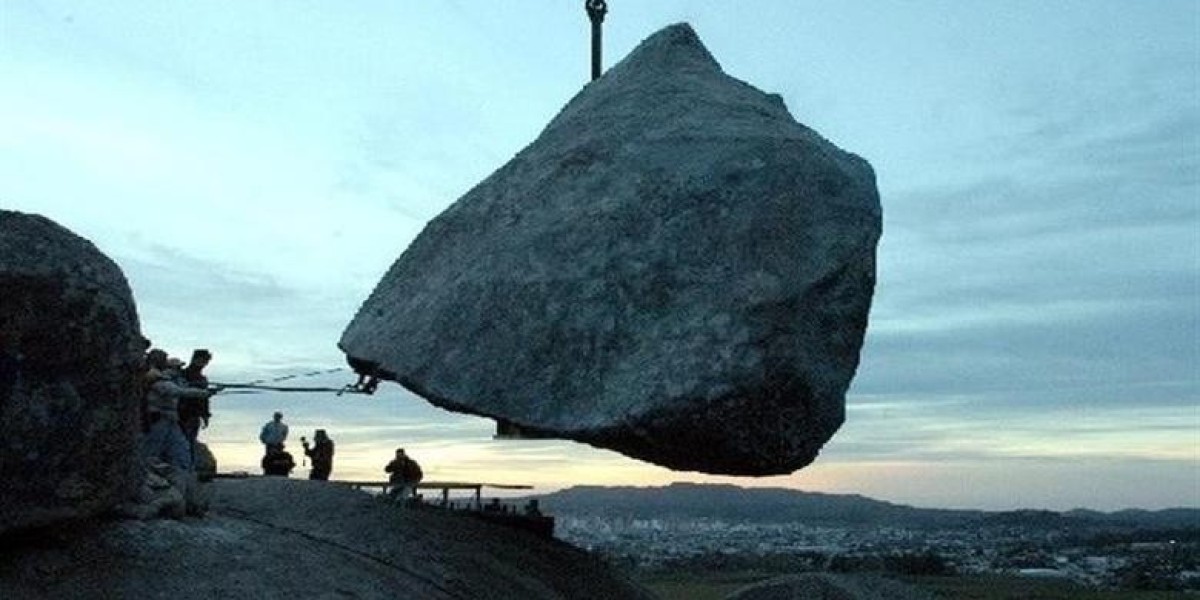article image source: eurekalert.org (link), Credit to Kadriye, Göknur, and Hande
In an archaeological discovery described as potentially changing the narrative of known history, a team of Turkish researchers have unearthed Paleolithic stone tools in the Ayvalık region on the northeastern coast of the Aegean Sea, revealing the possible existence of a lost land corridor that connected present-day Turkey to the European mainland hundreds of thousands of years ago.
A "Natural Bridge" Under the Sea
According to a study published in the Journal of Island and Coastal Archaeology and reported by EurekAlert, a sea level drop of more than 100 meters during the Ice Age exposed vast coastal plains, forming a natural bridge that allowed early humans to move between Anatolia and Europe.
It has long been believed that Homo sapiens reached Europe via the Balkans and the Levant, but this discovery presents a possible alternative route via the northern Aegean Sea. This discovery could pave the way for redrawing the map of early migrations to the European continent.
In this context, Dr. Göknur Karahan, from Hacettepe University, said, "This discovery adds a new page to the story of human dispersal and places Ayvalık on the prehistoric map as an important crossing point."
image source: eurekalert.org (link), Credit to Kadriye, Göknur, and Hande
Neanderthal and Early Homo sapiens Tools
During a 2022 field survey, 138 artifacts were found across ten sites, including hand axes, knives, and Levallois tools associated with the Mousterian tradition of the Middle Stone Age, which were used by Neanderthals and early Homo sapiens.
Professor Kadriye Özçelik of Ankara University explained, "The reconstruction of the ancient geological landscape shows that Ayvalık was a vital area for human movements during the Ice Ages."
According to the researchers, the diversity of tools found reflects early humans' ability to adapt to different environments and develop multiple technologies. Dr. Karahan described the moment of finding the first tool as an "unforgettable experience," emphasizing that each new discovery gave the team additional motivation to continue their research.
advertisement
Challenges and Dreams of More Discoveries
Despite the difficulty of preservation in the area due to mud and active sediments, the team succeeded in identifying high-quality sources of flint and agate, opening the way for future excavations that may change the prevailing understanding of human migration routes.
Dr. Hande Bulut of Düzce University emphasized that the current findings "confirm the potential of Ayvalık as a long-term site of early human settlement," emphasizing the need for broader studies that include absolute dating and reconstruction of ancient environments.
Thank you !








